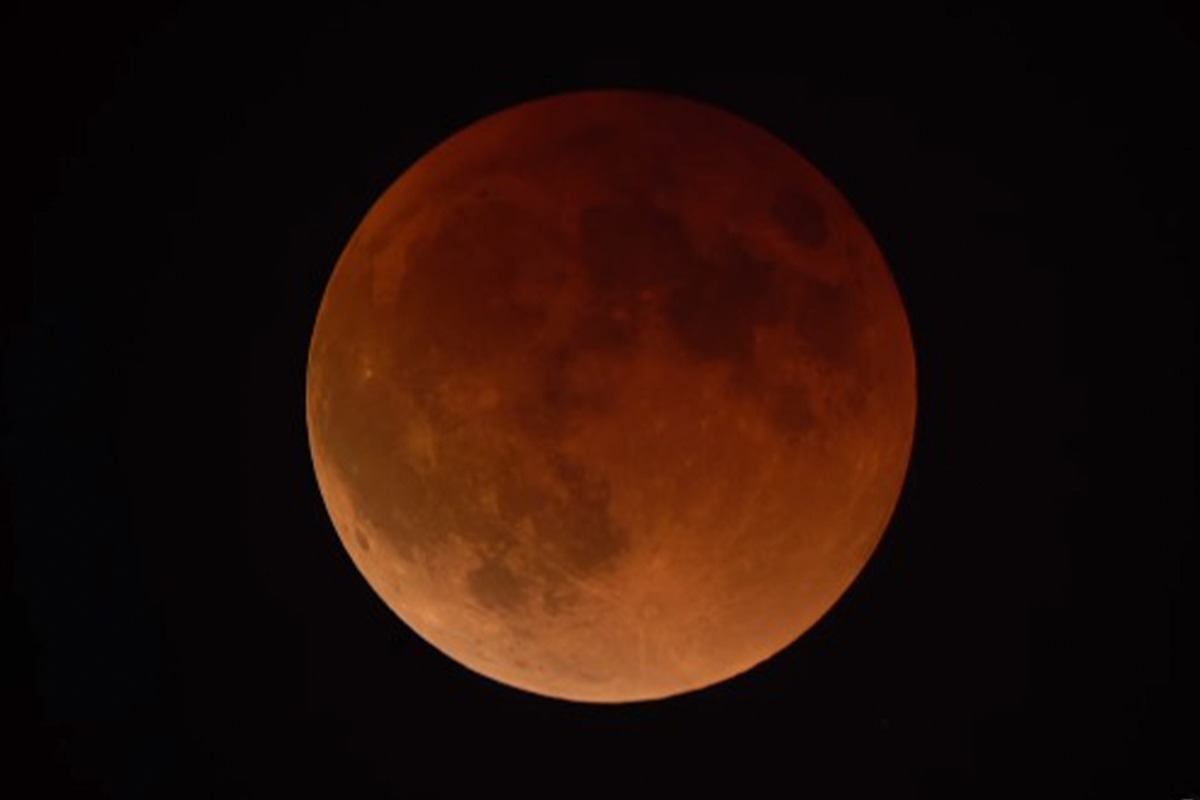A total lunar eclipse will be witnessed in India and several parts of the world on Tuesday, November 8, starting at 2.39 pm. The totality will begin at 3.46 pm when the Moon comes fully into the Earth’s shadow.
While the totality will end at 5.12 pm, the partial phase of the lunar eclipse will continue till 6.19 pm.
The next total lunar eclipse will be visible on March 14, 2025, according to the National Aeronautics and Space Administration (NASA) of the US.
Today’s lunar eclipse will be in progress during the moonrise in the eastern parts of India like Guwahati and Kolkata, said the Ministry of Earth Sciences. However, the totality of the lunar eclipse would have ended by the time of moonrise in many cities such as Delhi, Mumbai, Bengaluru and Chennai. Residents of Gurugram, Noida, Hyderabad, Chandigarh, and Srinagar will also see only the partial lunar eclipse or Chandra Grahan.
Lunar eclipses happen at the full Moon phase. When the Earth is positioned precisely between the Moon and the Sun, the Earth’s shadow falls upon the surface of the Moon, dimming it and sometimes turning the lunar surface a striking red for a few hours. Each lunar eclipse is visible from half of Earth.
The cosmic phenomenon of a total lunar eclipse occurs when the Moon moves into the inner part of the Earth’s shadow or the umbra. Some of the sunlight passing through the Earth’s atmosphere reaches the Moon’s surface, lighting it dimly.
“Colors with shorter wavelengths ― the blues and violets ― scatter more easily than colours with longer wavelengths, like red and orange. Because these longer wavelengths make it through Earth’s atmosphere, and the shorter wavelengths have scattered away, the Moon appears orangish or reddish during a lunar eclipse,” as per NASA.
The total lunar eclipse is also known as ‘blood moon’ and is regarded as an ominous event in some ancient cultures including India.
The live stream of the lunar eclipse can be seen here:










